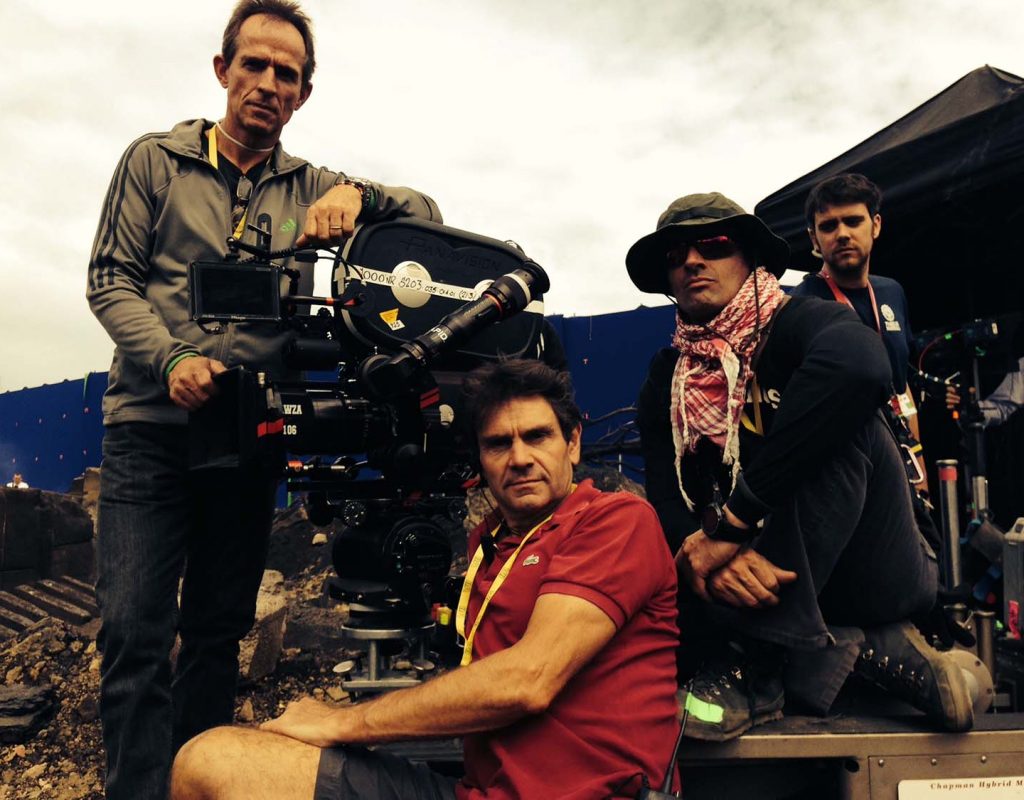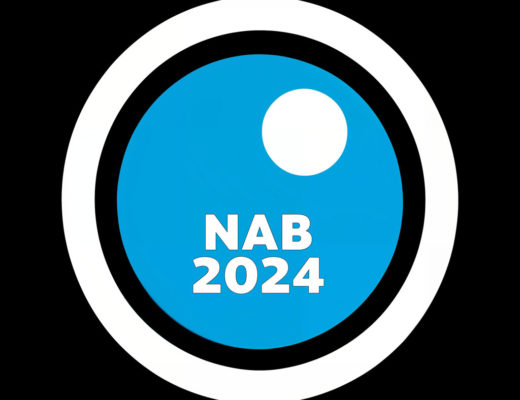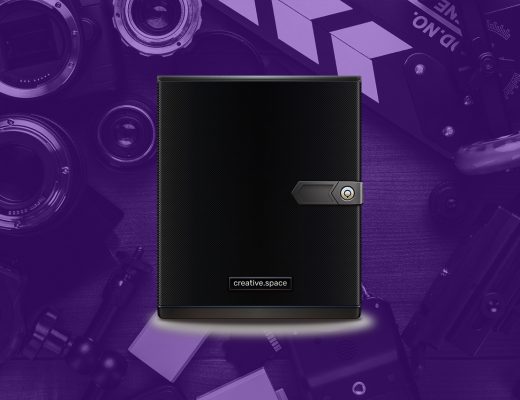A few months ago, I posted a poll to gauge the main reasons why some organizations have not invested in a DAM yet. Aside from the needed awareness about what is a DAM and why would an organization even need a DAM which I explain on this blog, I listed a few common answers (aka excuses) based on what I have hear from several other organizations who either had issues implementing a DAM or still have issues implementing a DAM to date
Posted by Henrik de Gyor on August 26, 2009
A few months ago, I posted a poll to gauge the main reasons why some organizations have not invested in a DAM yet. Aside from the needed awareness about what is a DAM and why would an organization even need a DAM which I explain on this blog, I listed a few common answers (aka excuses) based on what I have hear from several other organizations who either had issues implementing a DAM or still have issues implementing a DAM to date.
- “That involves work, so we’ll continue doing things the same way we’ve been doing it since 1989.”
Charles Darwin said, “In the struggle for survival, the fittest win out at the expense of their rivals because they succeed in adapting themselves best to their environment. The modern translation in business would be ‘Adapt to the 21st century methods of doing business or watch your business swirl around the bowl’. Yes, implementing and continually using a DAM will take some work and consistency, possibly more consistency than your organization had beforehand. Consistency is a good thing and will give you more time for creative projects and evolving into 21st century methods of doing business. And you will also need to upgrade that 20 year old technology so it can work for you rather than you working for it.
- “We don’t reuse anything…ever“
If you really don’t reuse anything, you probably have a very special business that wastes a lot of time, money and other resources. Once you truly realize what your organization can reuse, you should be able to make more money (eventually), but you can not make more time…ever. I am not saying you need to be as ‘green’ as grass, but you should start thinking out of side of that small mind set which typically ends at your desktop and watch what your organization re-creates and/or re-acquires constantly. That is what you can save, make available, reuse and track with a DAM. That can help save your organization some green (aka dollars).
If an organization can’t find assets again, they may not know anything about their own assets either. With a DAM that has proper metadata, you now can know about what you have at hand and possibly the licenses for these assets. Get more out of your organization’s intellectual property more often than simply the first time it was created or acquired.
- “We don’t have the staffing because we are too busy looking for things we can’t find“
You can watch institutional knowledge walk out the door with the knowledge of where and how to find things:
-
- buried in some pile with a magically filing system only one person knows about
- within a folder structure 50 levels deep
- on their desktop (the ultimate silo)
People with institutional knowledge walk out your doors voluntarily or (even more frequently nowadays) involuntarily. What are you doing to preserve the institutional knowledge and the intellectual property of your organization when people move on? Where is it kept since day one? Hint: Using a DAM is a start.
- “We have too many people asking for this thing, so we’ll do nothing about it“
You can continue procrastinating. It’s only your business. Do you need know what you have and what you don’t? Does the rest of your organization know this too? Does everyone know where to find what they need at that moments’ notice?
- “We can’t spend on anything, including tools that will save time and money“
It is your business and your money. Are you running low on matches yet? Or do you audit your procedures when dealing with digital assets? You have standard workflows to handle it all, right? Everyone knows where to look to find what they need? It’s all documented for continuity, right?
- “It is too expensive and we prefer burning money on duplicate production time“
Are you loosing employees in this economic climate? As employees leave your organization for any reason, they leave with that institutional knowledge with them. It should not take a large group of people lots of time to find or create assets, particularly assets your organization already has. How do you capture the assets (i.e. audio, graphics, presentations, photographs, text, video) they have created or acquired for your organization? Are you going to:
-
- Wait til their hard drive is purged after they leave the organization
- Print out all emails and read them?
- Burn a CD only to lose it in a few days or get it scratched?
- Video tape them babbling about way back when…
No. Save your organization’s assets, time and money. Get a DAM solution for your organization’s business needs for now and the future. How much time will your organization waste recreating or reacquiring the same thing again? DAM helps put an end to that and bring more consistency using workflows for assets.
How many times do you use your organization’s logo? DAM could report on that and make sure it look right each and every time…unless you like brand inconsistency. Also, there are more deals to be made in such an economic climate, so it is worth looking into.
- “We don’t believe it can help us because we don’t have any digital assets
- “We don’t need to manage digital assets…yet“
This is only possible today if:
-
- your organization still operates without any computers OR
- the organization is in denial (I am not referring to the long river in Egypt)
The longer it takes an organization to realize they are accumulating digital assets in silos and not managing them properly, the harder it will be to manage those legacy digital assets in the future.
- “[DAM] involves workflow and we don’t have those“
Start with whatever procedures you do have when it comes to dealing with digital assets from start to finish. Who does what when and how is it done? Document this in writing. Consolidate the procedures. Streamline where possible and standardize it. What is missing?
-
- People?
- Process?
- Technology?
- All of the above?
Get feedback and fill in the gaps. You’ll see for yourself what you need. Then, communicate this to stakeholders with clear solutions.
If an organization doesn’t have standardized workflows, not only does that make it harder to train anyone new within the organization, but reveals that there is probably very little consistency and lots of waste. It may be time to create and to document the workflows within the organization. It is not a matter of job security (keep dreaming if you believe that actually exists in the 21st century). It is a matter of having procedures that makes business sense.
- “We are organized enough and we have no room for improvement nor streamlining”
Reached perfection already? Come on! Get your head out of the clouds or wherever else it may be buried. Every organization has room for improvement. As soon as you stop improving your organization, expect to stop growing soon and continue throwing money out the window. Implementing a DAM solution properly can be one of those improvements, if done right.
- “We prefer sending hard copies of all assets and paying for postage to mail all of it slowly around the globe“
That does not need to happen any longer unless you like wasting time waiting. You can send a soft copy (aka electronic copy) of anything around the globe in seconds by email, by FTP, by URL to a download link or multiple other methods, even if it needs to color proofed, printed, signed or whatever. Stop everyone’s wasting time. DAM can be connected to many methods of communication in order to transfer digital assets inside or outside your organization as needed.
- “We can’t convince the stakeholders in my organization because it involves technology they don’t understand“
Document the cases in writing of what happens in your organization today:
-
- What happens when it comes to dealing with digital assets from start to finish?
- Can everyone access what they should access when they need it?
- Can they find what they are looking for when they do have access?
- Do you know what licenses are for those assets?
- Can you easily reuse assets when needed quickly?
- How much is spent when everyone can not do this effeciently and effectively?
- How often does this happen?
- Where are the gaps in the process?
- What could fill in those gaps aside from spending unlimited time?
- Who will lead the effort toward resolving the issues if you get the backing of the stakeholders?
- Be prepared to submit a budget and time estimates so do your homework and research it.
- Ask stakeholders them what they need clarification on.
Unless stakeholders are asleep at the wheel of a sinking ship, they may eventually show interest in backing a plan to resolve these issues, particularly nowadays if the ROI can be justified.
- “We are not organized enough to start a project like that because we are beyond help“
Get some help from outside your organization. It may be time to start getting organized because it is not going to get any easier if you wait longer.
- “Our IT department does not want to support yet another application“
If you have an IT department, get them involved from the beginning of the process of picking the right DAM solution for your organization. Not all DAM solutions require extensive IT work within an organization.
- “We find metadata scary so we’ll just stick to folder structures to help us lose our assets“
You didn’t really need to know what you actually have nor where to find it without a map, right? That awesome file naming convention tells you everything about those assets you’d ever need and helps you find the asset too, right? Wake up. Find out why you need metadata and how to apply metadata to assets. Your organization should uniformly decide what metadata standard(s) you need to use and follow consistently.
- “...Hold on, I am still thinking of some more excuses“
Do you see that bond fire? Your organization is throwing money into it. As soon as the organization decides they want to join the 21st century because carving stone tablets is no longer profitable within most businesses, they might start looking for a DAM solution.
- “We are still thinking about it and will continue to think about it for years as we accumulate more assets”
Again, it is not going to get easier if you decide to wait longer. You will continue accumulating more digital assets every year. You can continue being unable to find assets, loosing assets and burn money re-acquiring or re-creating them repeatedly. Your organization needs to make the conscious decision when they had enough of this and decide what solution they have to this issue. Stop accumulating digital assets is not one of those options anymore unless you like throwing more money away repeatedly.
- “What is Digital Asset Management again?“
You probably have not read this blog very long nor the ones in my blogroll on the right if you are still wondering what is a DAM. Start reading and learn how DAM can help you and your organization.
Now that you have a few less excuses to use, don’t take it personally, but rather do something about it. What is stopping your organization from investing in a DAM solution?

Filmtools
Filmmakers go-to destination for pre-production, production & post production equipment!
Shop Now
![What is stopping you from investing in a DAM solution? 3 Reblog this post [with Zemanta]](http://img.zemanta.com/reblog_c.png?x-id=22ce1a72-984e-436f-bd79-9c7bfec95a1f)













